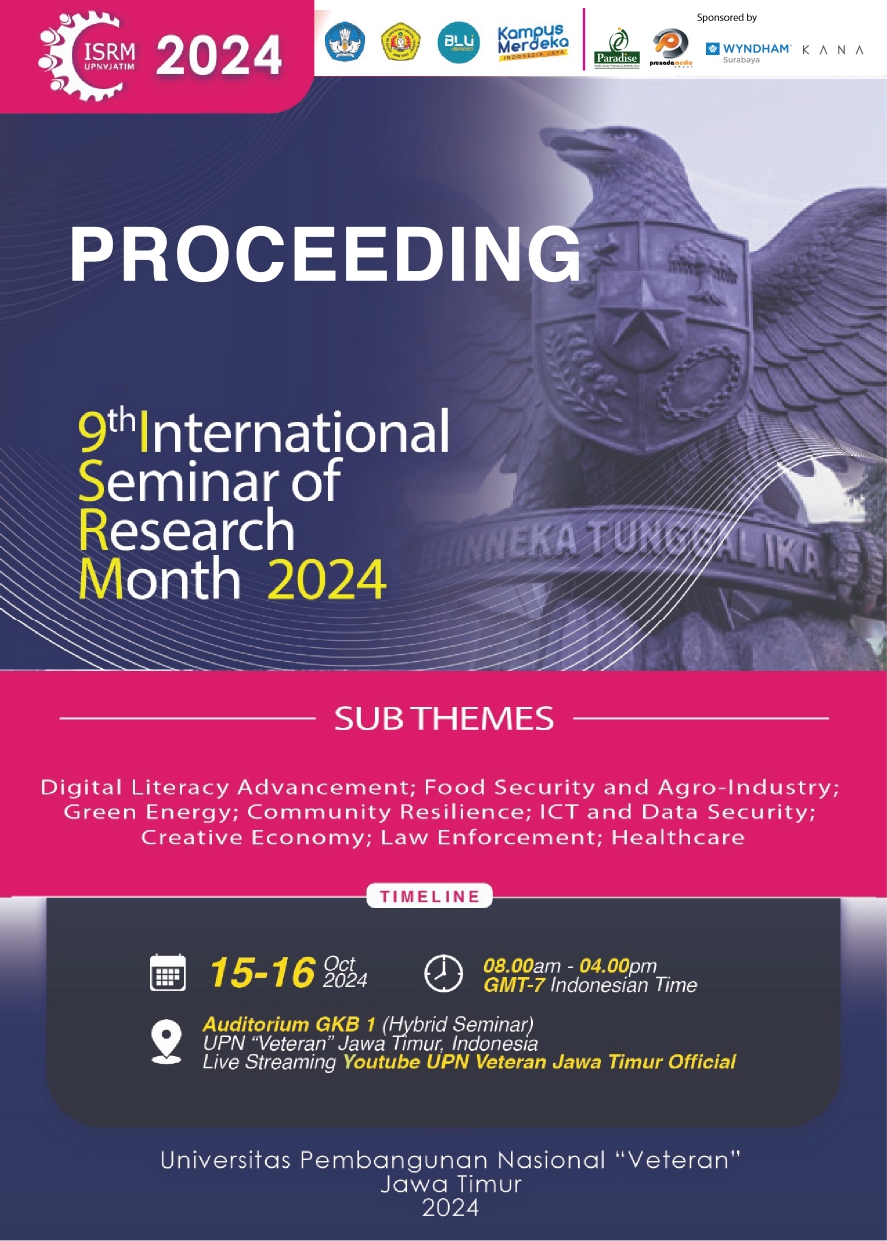Evaluating the Functional Suitability and Performance of Material Components in Insect Hotels for Beneficial Insects Conservation
DOI:
https://doi.org/10.11594/nstp.2025.4781Keywords:
Insect hotel, natural material components, suitability, habitat, beneficial insectsAbstract
Insects are important for the ecosystem and human life as pollinators, decomposers, environmental bioindicators, and natural enemies of pests on plants. Conservation of beneficial insects is important to maintain the balance of the ecosystem and prevent the decline in species diversity. Insect hotels are conservation media designed to provide a place to live and breed beneficial insects, such as butterflies, bees, decomposing insects, ladybird beetles, and green lacewings. Insect hotels are made from various natural components, such as wood, bamboo, pine cones, and other materials that mimic the natural habitat of the target insects. This study aims to evaluate the functional suitability and performance of material components in insect hotels for beneficial insect conservation. The research method used is a literature study, where references are gathered from various sources, particularly previous studies. These references are then analyzed to draw conclusions regarding the suitability of material components used in insect hotels as a medium for conserving beneficial insects. The analysis process involves selecting, comparing, combining, and filtering data to obtain relevant results. The results of the analysis show that the components of the insect hotel materials are in accordance with the habitat of the targeted beneficial insects. Bamboo is used as a place for bees to live; wood with holes of 0.5–1.5 cm in diameter as a place for ladybird beetles to live; pine cones as a place for decomposer beetles to live; wood with a central square hole as a place for butterflies to live; and wood shavings as a place for green lacewings to live. This study shows that the components of the materials used in insect hotels are in accordance with the habitat of the targeted beneficial insects.
Downloads
References
Bogusch, P., & Horák, J. (2018). Saproxylic bees and wasps. In M. D. Ulyshen (Ed.), Saproxylic insects: Diversity, ecology and conservation (pp. 217-235). Springer. https://doi.org/10.1007/978-3-319-75937-1_7
Bastian, F., & Rahadiyanti. (2021). Kajian pengaruh penggunaan kayu jati sebagai material pembuatan furnitur di era modern. Kreasi, 7(1), 1-10.
Cornelia, M. A., Wattimena, M., Loiwatu, M., & Pelupessy, L. (2019). Teknik budidaya lebah Trigona sp. di dalam bambu. J-DEPACE, 2(2), 1-8.
Davies, L. (2018). Urban wildlife conservation. Nature Press, 58-61.
Fengel, D., & Wegener, G. (1995). Kimia kayu: Ultrastruktur, reaksi-reaksi. Gadjah Mada University Press: Yogyakarta
Garmini, R., & Purnama, R. (2019). Efektivitas bubuk kayu manis (Cinnamomum burmanii) sebagai bioinsektisida pengusir lalat rumah (Musca domestica). Masker Medika, 7(2), 431-439.
Harris, B. A. (2021). Consumer-ready insect hotels: An assessment of arthropod visitation and nesting success. Journal of Entomological Science, 56(2), 141-155.
Johnson, M. (2019). Sustainable gardening practices. Green Earth Publishing, 82-84.
Kalshoven, L. G. E. (1981). Pest of crops in Indonesia (Van der Laan, P.A., Trans.). Jakarta: Ichtiar Baru-Van Hoeve. (Original work published 1981).
Macivor, J. S., & Packer, L. (2015). 'Bee hotels' sebagai alat konservasi penyerbuk asli: Keputusan dini. PLOS One, 10(3).
Manuhuwa, E., Loiwatu, M., Lamberkabel, J. S. A., & Rumaf, I. (2013). Produksi madu, propolis dan roti lebah tanpa sengat (Trigona spp.) dalam sarang bambu. In Seminar Masyarakat Peneliti Kayu XVI, Balikpapan.
Meilin, A. (2016). Serangga dan peranannya dalam bidang pertanian dan kehidupan. Jurnal Media Pertanian, 10(1), 18-28.
Sari, M. (2015). Identifikasi serangga dekomposer di permukaan tanah hutan tropis dataran rendah (Studi kasus di arboretum dan kompleks kampus UNILAK dengan luas 9,2 Ha). Bio-Lectura, 2(2).
Sarumaha, M. (2020). Identifikasi serangga hama pada tanaman padi di Desa Bawolowalani. Jurnal Education and Development, 10(3), 86.
Seftianingsih, D. K. (2018). Pengenalan berbagai jenis kayu solid dan konstruksinya untuk furniture kayu. Jurnal Kemadha, 8(1).
Shelton, A. (2011). Biological control: A guide to natural enemies in North America. Cornell University College of Agriculture and Life Sciences, Department of Entomology. http://www.biocontrol.entomology.cornell.edu
Sihombing, D. T. H. (2005). Ilmu ternak lebah madu. Gadjah Mada University Press, Yogyakarta.
Smith, J. (2020). Biodiversity enhancement through insect habitats. Green World Publishing, 112-115.
Taylor, R. (2017). Ecological engineering for urban habitats. EcoScience Press, 92-94.
Thamrin, M. (2014). Eksplorasi dan konservasi serangga pada agroekosistem rawa. In Proceedings of the seminar (pp. 198–215).
Downloads
Published
Conference Proceedings Volume
Section
License

This work is licensed under a Creative Commons Attribution 4.0 International License.
Authors who publish with this proceedings agree to the following terms:
Authors retain copyright and grant the Nusantara Science and Technology Proceedings right of first publication with the work simultaneously licensed under a Creative Commons Attribution License that allows others to share the work with an acknowledgement of the work's authorship and initial publication in this proceeding.
Authors are able to enter into separate, additional contractual arrangements for the non-exclusive distribution of the proceedings published version of the work (e.g., post it to an institutional repository or publish it in a book), with an acknowledgement of its initial publication in this proceeding.
Authors are permitted and encouraged to post their work online (e.g., in institutional repositories or on their website) prior to and during the submission process, as it can lead to productive exchanges, as well as earlier and greater citation of published work (See the Effect of Open Access).














